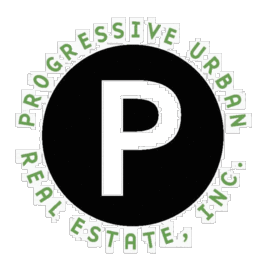
After a visit to Felice, a new restaurant that is located at East 126th and Larchmere in a lovingly restored home, it isn't hard to see why people are flocking to the Shaker Square neighborhood.
Felice's owner, Margaret Mueller, is a Shaker Square resident who can often be found at the restaurant, talking to her patrons and telling the story of how she developed the restaurant. Felice is an upscale bistro that offers excellent food and a great happy hour menu on weekdays between four and seven pm. The natural woodwork of the restaurant is complemented by the Bradbury wallpaper from California that Mueller chose for the restaurant's walls. Felice also features a flagstone patio behind the house - a perfect city retreat. The restaurant's interior was designed by Ricardo Sandoval, the owner of Fat Cats and Lava Lounge owner.
This weekend, you can discover some of Shaker Square's other hidden secrets at the first annual Neighborhoods of Shaker Square Home Tour. The event takes place from 2-6 pm on Saturday. Tickets are $15 in advance and $20 at the door, and they are available at www.shad.org, by calling 421-2100 or at the Dancing Sheep (12712 Larchmere Blvd.).
The Shaker Square tour begins at Sergio's Sarava, which is located at 13225 Shaker Blvd. An arts and cultural exhibition is also included as part of the tour. From Sergio's, tour-goers can pick up a map and take a self-guided trip between the eight homes that are on the tour.
One of the highlights of the tour is a two-story, five bedroom, 4.5 bath penthouse in the Shaker Courts Condominiums building on Shaker Boulevard. The condo, which has been completely renovated by its owners, features a rooftop patio with views of the Cleveland skyline and Lake Erie.
Other highlights of the tour include a green-built home in the Ludlow neighborhood, and a renovated two-family on East 128th Street.
Congrats to Katharyne Starinsky and Patrick Shepherd, who spearheaded the creation of this home tour, on a job well done. Many thanks also to the Shaker Square Area Development Corporation (SHAD), the non-profit CDC that serves the area and was chosen as the beneficiary of the funds that will be raised by the event.
You can read the Plain Dealer article about the home tour by clicking here.
